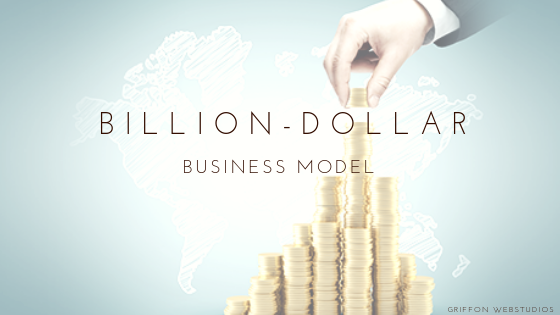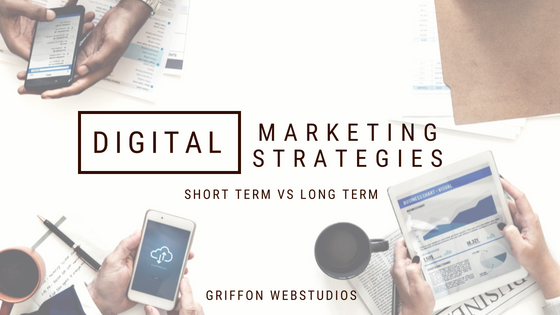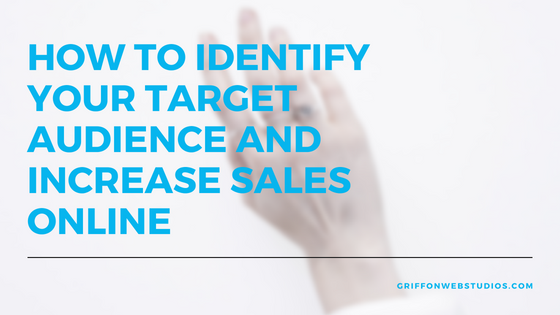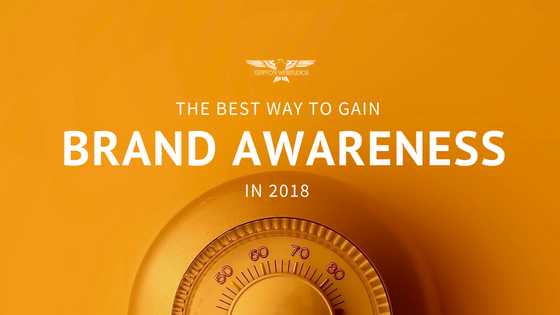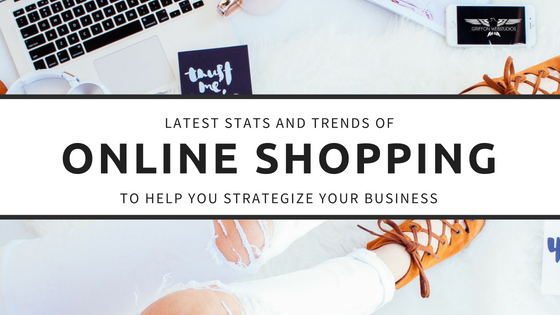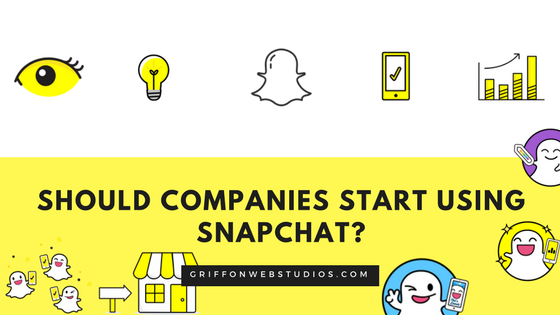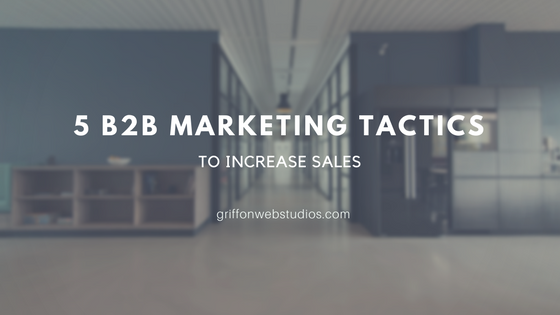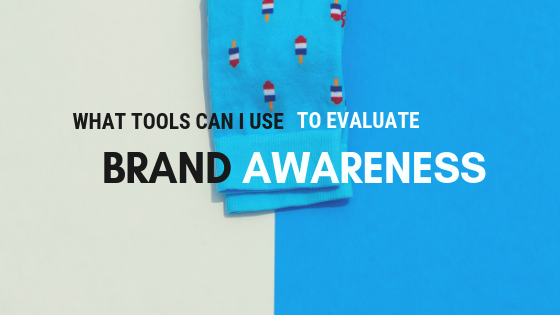
What Tools Can I Use To Evaluate Brand Awareness?
Most business owners who are goal-oriented know how to track their sales and conversion rates, but how can you track and evaluate your marketing strategies on brand awareness? Before the digital age, it just didn’t happen. We had no idea how many people saw an advertisement on a billboard or paid attention to a radio or television advertisement and knew what a brand was all about unless perhaps some surveys or questionnaires were taken. But in the digital age, we have a much greater awareness of what people are seeing and how they are reacting to it. Just because a digital marketer has the same goal for every business they market, a business does not have to have the same goal as another business. Some businesses are hoping to reach a different set of customers whilst others may want to target their target audiences only. How can we evaluate if our marketing techniques are effective in brand awareness? 1. Investigate your Social Media Followers Calculating the number of people who follow your brand across the social media channels available, such as Facebook, Instagram, Twitter, Linkedin, Reddit Google+ etc., is a great way of evaluating who is aware of your brand.


